Secrets of growing horseradish at their summer cottage
When deciding to grow horseradish, it should be borne in mind that after successful cultivation of the plant it will be difficult to remove it from the garden.
The use of horseradish is multifaceted. It is successfully used both in cooking as a seasoning and in alternative medicine. The plant is in demand in the treatment of the following ailments:
- neurological diseases such as sciatica, gout and rheumatism;
- digestive organs, especially with gastritis disorders of the stomach;
- respiratory organs, ears and adenoids.
The unique properties of horseradish are associated with its special composition, which contains a complex of vitamins and microelements. Essential oils give the plant a specific smell.
Choosing a landing site
When choosing a place for planting horseradish, one should take into account its preference for growing in well-lit places, which have access to sunlight throughout the day. In addition, the plant should be planted in a vegetable garden away from other crops. It is better to plant horseradish on the soil on which potatoes, cucumbers or tomatoes grew in the previous season.
When planting horseradish outdoors, it should be borne in mind that it can grow in one place for up to 10 years. To get a plant with a powerful, well-developed root system, it should be grown on light soils enriched with humus.
Planting horseradish in the garden in clay soils will promote the development of the aboveground part of the plant, which will lead to a decrease in the quality of the root and difficulty in harvesting it.
In light and dry soil, horseradish yields in the form of tough rhizomes with a mild taste.
Growing horseradish in the country in the absence of soil of the required quality is best done on bulk beds.
Preparation of material for planting in the autumn
For horseradish, propagation by rhizomes is characteristic. For this, annual plants are successfully used. In the fall, you should prepare root cuttings by digging horseradish in the garden, the roots of which should not exceed one centimeter in diameter. The length of the cuttings is 20-30 centimeters. All lateral branches, buds and processes must be removed in advance.
Before planting a root cutting, you should keep it until spring:
- tie the horseradish prepared for planting in bundles;
- place the planting material in the basement;
- cover with sawdust or dry sand.
In order for the plant to quickly take root in the spring, it is necessary to maintain moderate humidity in the room where the cuttings are stored, so that the planting material does not start up new roots prematurely.
Cuttings should be cut before planting. In this case, there should be a straight cut at the top, and at the bottom - diagonally obliquely.
Spring preparation of horseradish for planting
Correctly carried out in the spring, pre-planting measures are a guarantee of an excellent harvest in the fall. To do this, you need to perform a number of actions 2 weeks before landing.
- Place the cuttings in a warm place.
- Cover them with a damp cloth or lay a layer of peat on top.
- Before planting a root crop, you should wait for the roots to germinate and comb them over the entire surface, avoiding the upper and lower parts, from which the root and leaf parts of the plant will subsequently form.
Planting horseradish in open ground
In early spring, long before the cuttings are planted, the soil should be prepared by digging it to a depth of 30 centimeters and feeding it with mineral fertilizers, as well as adding humus, compost and wood ash.
Horseradish should be planted in watered beds in mid-April, during the period when the snow has already melted and the sun begins to warm the earth.
Planting is allowed in summer or autumn. To plant the cuttings at this time, it is necessary to thoroughly moisten the soil, and then insert the planting material into the ground at a slight slope.
Horseradish does not require special care. However, if you don't pay enough attention to it, you can get a meager harvest of root crops, which will be of poor quality.
In order to facilitate the care of the plant and ensure its full development, it should be planted, observing certain distances. It is recommended to leave 70 centimeters between rows, and 30 centimeters between plants in a row. In order for horseradish to take root faster, you should compact the soil after planting.
Plant care
Horseradish care is simple and does not require labor and time. It consists in the timely implementation of the following activities:
- weeding from weeds;
- loosening the earth;
- watering at the slightest sign of drying out of the soil.
Freshly planted cuttings require careful maintenance.
- A week after planting, the soil should be loosened to a depth of 2 centimeters.
- After the first shoots appear, the loosening depth increases to 8 centimeters.
- For adult plants, the leaves of which exceed 25 centimeters, care consists in deep loosening - up to 10 centimeters.
To ensure that the plant is saturated with moisture, the soil on which it grows should be watered at the rate of 4 liters per square meter of land.
Diseases and pests
The plant is susceptible to powdery mildew and cruciferous flea beetles.
For the purpose of pest control, special chemicals are usually used. However, they should not be applied 2 weeks before harvest. Flea beetles can also be deterred by spraying with red pepper solution.
Subject to all the rules for caring for horseradish, the plant is not afraid of diseases and pests.
Harvesting
It is believed that harvesting can be started after the lower leaves of the plant turn yellow. In order to completely extract the horseradish rhizome, it should be dug out with a pitchfork.
After digging up the horseradish, all of its leaves are cut off along with the lateral processes of the roots. The peeled roots can be used as planting material for the next year. Their surplus, together with lateral branches, are stored in the cellar and used for culinary or medicinal purposes.
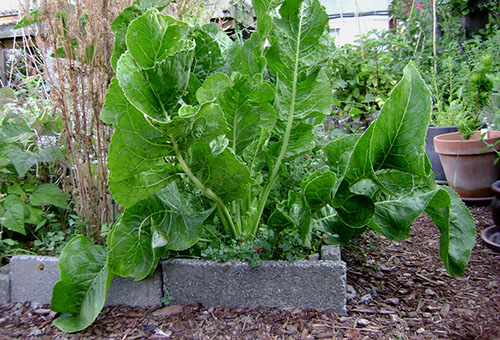
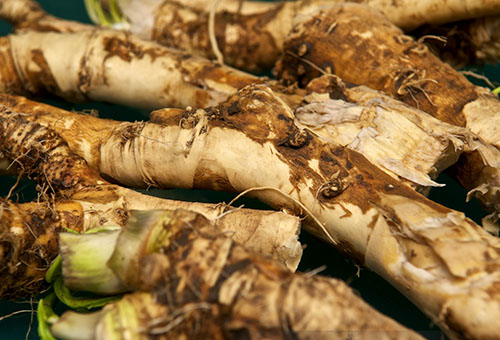
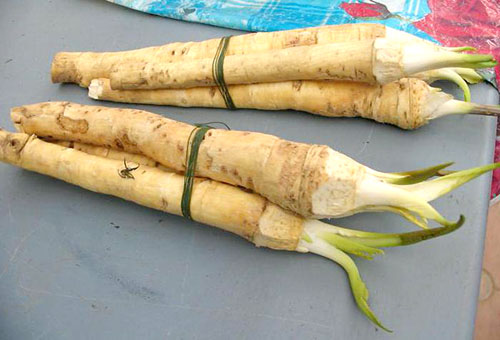
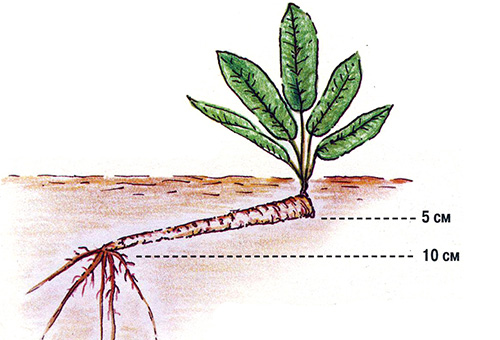
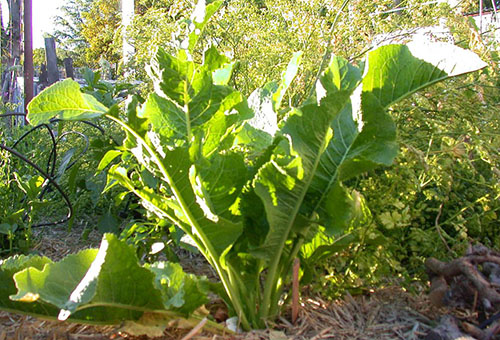
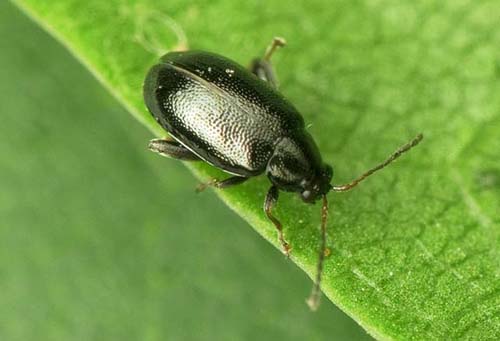
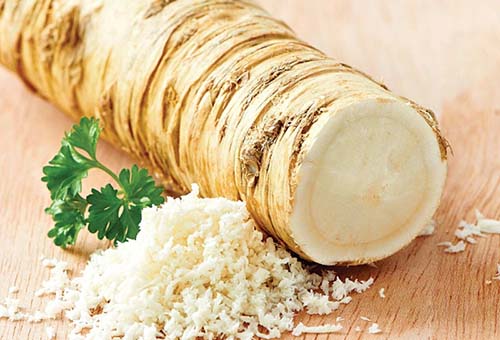
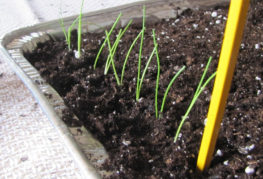
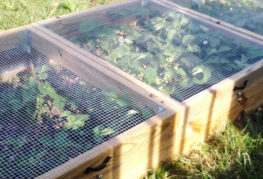
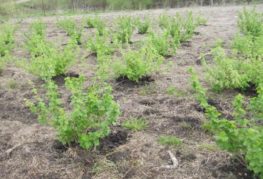
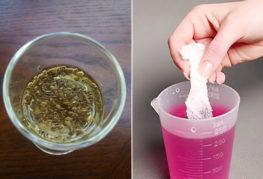
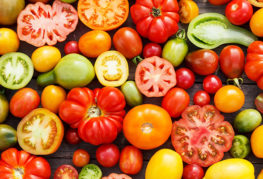
and will be published shortly.